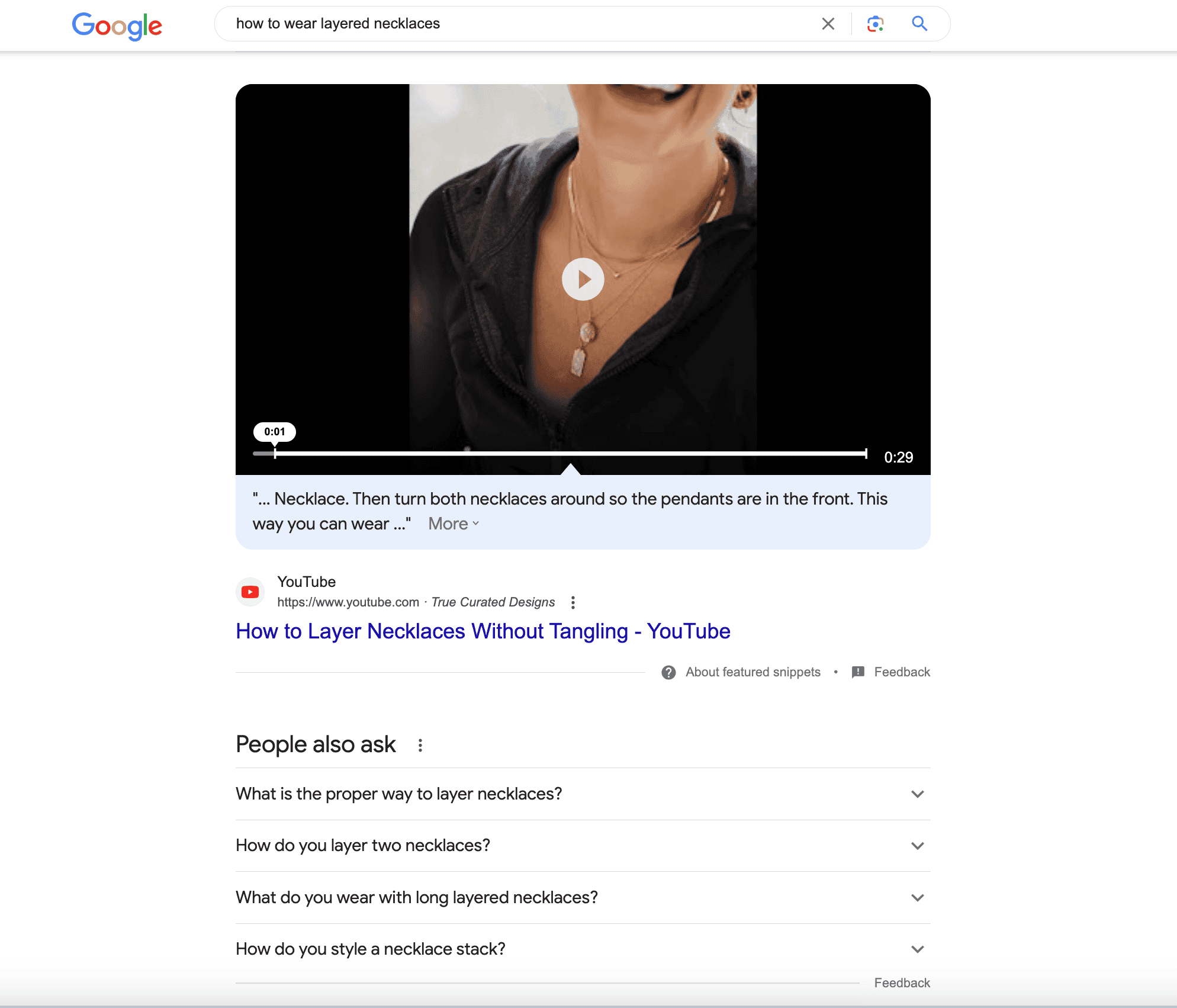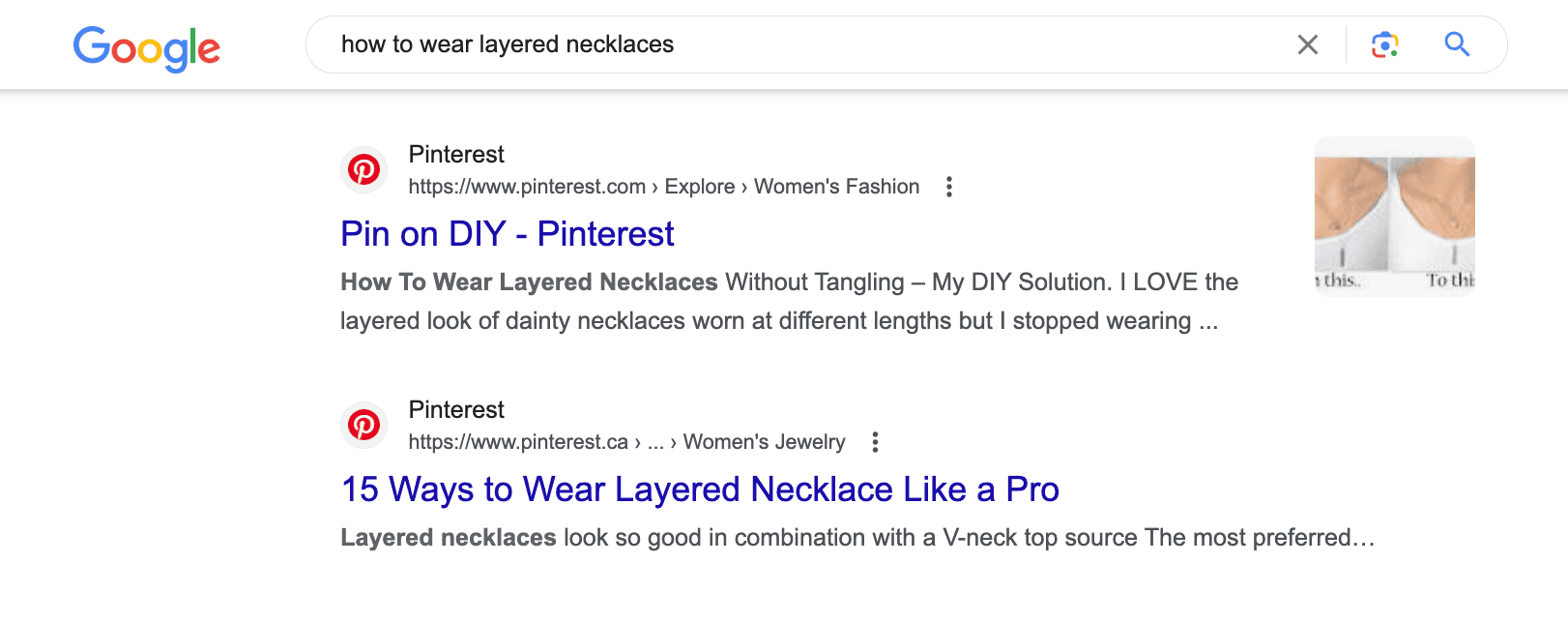How To Market a Small Business if you Hate Social Media
Most small business owners rely heavily on social media for marketing. But social media can be the least effective marketing method and trying to keep up with the algorithm changes is frustrating.
If you feel like you’re spinning your tires when it comes to social media, but you’re not ready to throw in the towel, this article may help.
Why I hate social media
If you have a strong dislike for social media, I’m with you. Even in my personal life, I don’t like social media.
In general, social media tends to make me feel like I’m not doing “all of the things” required to be happy, healthy, organized, well-dressed, living life to the fullest…the list goes on.
When it comes to running a small business, that same feeling applies.
Not only do you come across your competitors and feel like you’re not doing enough when it comes to photography, posting frequency, getting as many likes/comments, replying to comments, using the right hashtags, etc. but you’re likely letting vanity numbers (i.e. number of likes and followers) tell you whether you’re successful or not.
So much mental energy is wasted worrying about if a post does well, why it did or didn’t do well, why you’re gaining followers and how to replicate it, or why you’re losing followers.
It’s draining.
If marketing on social media is driving you crazy, consider these 5 tips.
1) Choose less social platforms
As an introvert, I don’t love anything overly social.
And when it comes to social media platforms, some are more social than others.
Platforms such as Facebook, Twitter, and Instagram are more conducive to interacting through features like tags, mentions, comment sections, DMs, etc. They tend to encourage interaction and reward users with a bigger audience when those features are used.
So if you don’t love the social aspect of social media marketing, consider a platform that has less of a focus on commenting, tagging, replying, messaging, etc.
Pinterest is an example of a less-social platform. Although you can comment on pins, not many conversations happen in the comment sections. Half the time, I’m not even notified when someone comments on my content.
Pinterest does have a message and tagging feature, but the only times I seem to be mentioned or messaged is when I’m being spammed.
Because Pinterest doesn’t place a lot of emphasis on “social” features, not many people use them, and I feel more free to focus on the content I pin, rather than interacting with other users.
If you love a social media platform that has a lot of “social” features, you may find it less draining and more enjoyable if you limit those settings.
For example, you may choose to turn off commenting on Instagram or Facebook.
2) Choose slower platforms
Content on social media platforms such as Instagram, Facebook, Twitter, and TikTok have a shorter shelf life. What you post today won’t continue to show in your follower’s feeds for weeks or months to come (unless it goes viral).
This means you must constantly post in order for your content to have the potential of being seen.
On the other hand, a pin on Pinterest and a video on YouTube can be discovered for months, even years, to come, without someone having to scroll through months worth of your content.
On platforms like Pinterest and YouTube, content is shown to users based on relevancy (to their search or activity), not by the most current date (unless you’re looking at a business’s account page).
Many people also head to Pinterest and YouTube and use the search bar to find content on a specific topic (rather than logging in to see the latest posts by the accounts they’re following).
Content on Pinterest and YouTube can also be discovered through Google. Someone might search a phrase on Google (e.g. “necklace trends”) and click a link that leads to Pinterest or YouTube.
As you can see in the screenshots below, a YouTube video is the top organic result on Google for the search term “how to wear layered necklaces”. Pinterest currently has the 8th and 9th spots in Google results.


Platforms such as Pinterest and YouTube move slower. Your content lasts longer and there isn’t as much pressure to post multiple times a day.
It is important to be active on the platforms you want to grow, but with a platform like Pinterest, simply logging in and pinning other people’s content is effective in growing your account.
3) Choose your favorite
You don’t need to, nor can you as a solopreneur, keep up with all the social media platforms.
Often, the platform you enjoy the most as a user is the one you’ll get the most out of as a business.
Which social media platform do you use the most in your personal life?
Think about what you love about that platform and the type of content you love seeing and interacting with.
Then consider how you can use that same platform for business and incorporate similar content.
Get inspired by the content you love in your personal feed.
4) Get more personal
I believe the content you post to your business’s social media account(s), should always be related to your business.
Posts about what you ate for dinner, your kid’s first day of school, or the cold you’re dealing with do not belong on your business’s social media accounts (unless you’re selling a product that relates to those 3 scenarios).
However, you can still find a way to add more of your personal life to your business’s account, which can (for some people) make coming up with content a little easier.
For example, a jewelry maker shouldn’t share a photo of what they’re packing in their kid’s lunches, but they might share a photo of the jewelry they’re pairing with their school drop-off outfit.
Think like your customers and consider the real reason they follow you on social media.
It’s not to see which products you have for sale each day. They’re likely inspired by your sense of style, or the lifestyle your business/brand/products promote or represent.
Create more content that aligns with that.
For example:
>> If a jewelry-maker’s followers love their style, they may show more of their stylish side and how it’s expressed in their day-to-day life. How they wear their hair with different jewelry pieces. The latest fashion trends they’re wearing with their jewelry. What type of pieces they wear to the office versus date night.
>> If a soap maker’s followers love the natural ingredients the products consist of, they may share how they use “natural” products in their personal life. They might share their new lemon-based line of hand soaps followed by posts sharing other ways they use lemons to clean their home, exfoliate their skin, or to make their hair smooth.
How does the passion or purpose behind your business trickle into your personal life?
Consider if it makes sense to share more of that side of your life on social media.
Not every post needs to be promotional.
If you can work a product into a non-promotional post, it’s a win-win (e.g. “Running to a PTA meeting…this chunky geometric jewelry set (link to buy in bio) adds instant style to a basic button-down”).
But it’s also okay to share content that’s related to your products but doesn’t incorporate your products.
5) Focus on connections
Instead of your sole focus being on growing followers and likes, try to create content that’s focused on building deeper connections with the audience you already have.
Always keep the real reason people follow you in mind (i.e. it’s not the jewelry but rather the fashion inspiration. It’s not the soap but rather their interest in cutting harsh chemicals from their skin care regime).
Ask your existing audience why they follow you and what they’d like to see more of. Then take the time to build that type of content.
When it feels like your content isn’t connecting with anyone, it’s usually because you’re trying to reach too many people.
Get more intentional with your posting.
Focus on your target market and their interests, and how your content can make them feel like they matter, that you understand their specific needs, that your brand is built for them, etc.
When all else fails…take a break
You may also find you just need to step away and take a break from social media marketing.
It will free up time to explore other marketing methods and the mental break may allow you to come up with new ideas and come back to the platform with fresh eyes.
>> Here are 10 ways to market your business WITHOUT social media
You may even find that hitting pause on your social media marketing isn’t as detrimental to your traffic/sales as you fear. Your business may thrive when you turn your efforts towards another form of marketing.

Hey, I’m Erin 🙂 I write about small business and craft show techniques I’ve learned from being a small business owner for almost 2 decades, selling at dozens of craft shows, and earning a diploma in Visual Communication Design. I hope you find my advice helpful!

